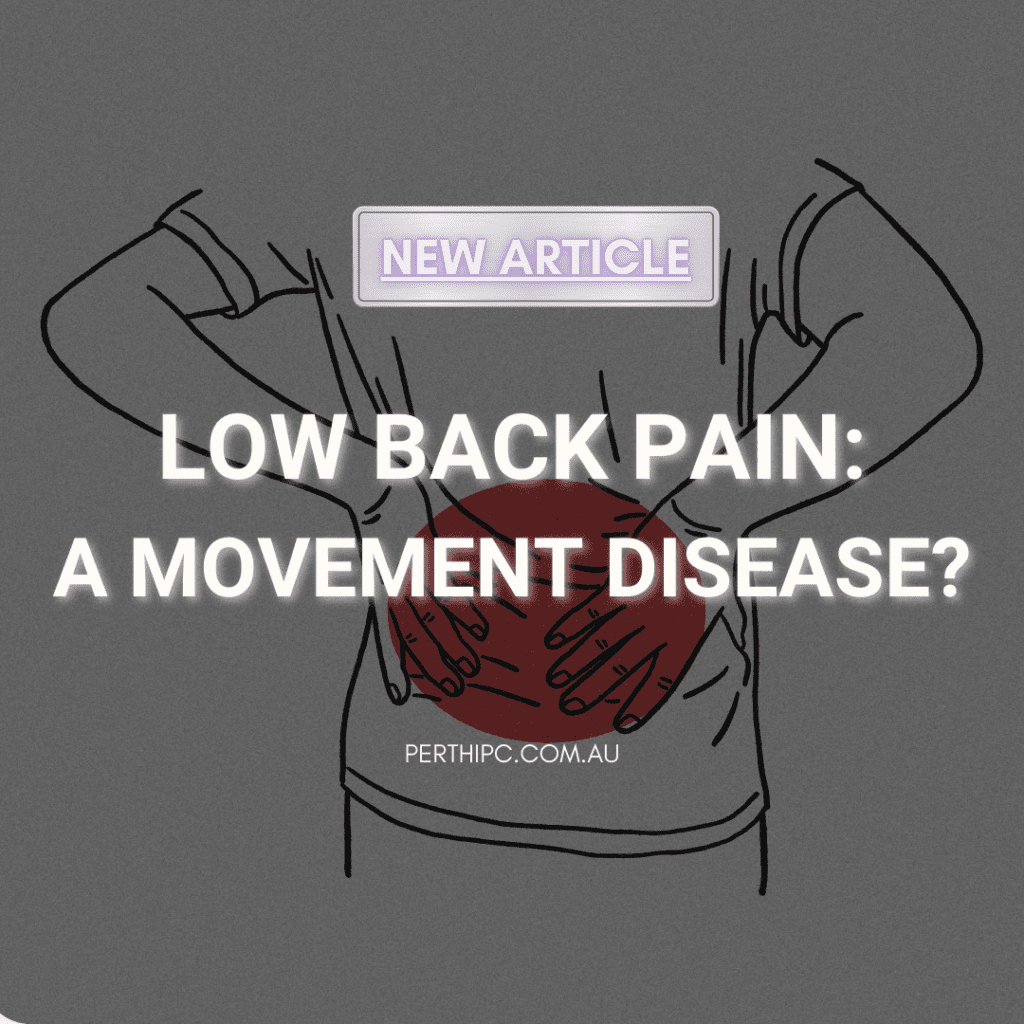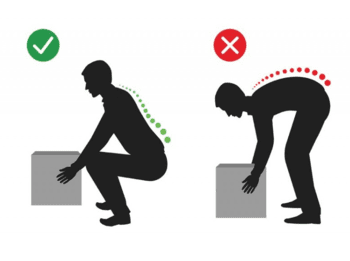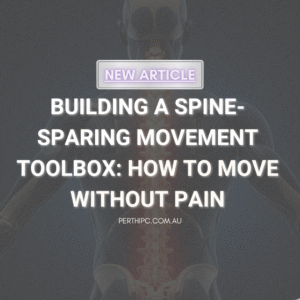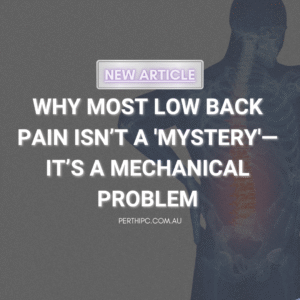
The Importance Of Spare Capacity – Why Your Spine Needs A Safety Margin
What if your back pain isn’t just from one bad movement — but from constantly living on the edge of your spine’s limits? This is


There are no ‘fun-runs’ or coloured ribbons for low back pain, nor are there fundraisers or charities – yet, approximately 80% of people will experience a debilitating episode of Low Back Pain during their lifetime. Low back pain (LBP) is a significant health concern worldwide, impacting individuals across all age groups and activity levels. It is one of the leading causes of disability and reduced quality of life, with substantial economic implications due to lost workdays and healthcare costs. Despite its prevalence, the treatment of LBP often remains a complex and frustrating challenge, primarily because traditional approaches focus more on managing pain rather than identifying and addressing its root causes.
Movement dysfunction is a critical factor in the development and perpetuation of LBP. Movement dysfunction refers to abnormalities in the way a person moves, which can place undue stress on the spine and surrounding structures. Improper movement patterns are not only a symptom of LBP but also a significant contributor to its onset. Over time, these dysfunctional movements can lead to mechanical overload on the lumbar spine, resulting in tissue damage, inflammation, and ultimately, pain.

A key to effectively treating low back pain lies in understanding that it is not a monolithic condition but a spectrum of disorders with distinct mechanisms and contributing factors. Central to this understanding is the premise that LBP arises from specific mechanical, anatomical, and physiological factors unique to each patient. Unlike generalized approaches that apply a one-size-fits-all regimen of exercises or interventions, a more targeted approach emphasizes the importance of identifying the precise cause of pain. Thus, identifying the specific mechanisms at play in each individual’s context.
The process of addressing LBP begins with a comprehensive assessment. During this assessment, the clinician conducts a series of tests and observations to pinpoint the exact source of the pain. This detailed analysis includes evaluating the patient’s movement patterns, as well as the specific loads, postures and positions that trigger a person’s pain. By identifying specific pain triggers and the mechanical dysfunctions associated with them, the clinician can develop a clear understanding of the patient’s condition. This thorough assessment forms the foundation for a personalized rehabilitation plan that targets the underlying causes of pain, rather than merely treating the symptoms.

Once the dysfunctional movement patterns and mechanisms have been identified, the focus shifts to improving movement proficiency and building a foundation for pain free movement.
Movement proficiency refers to the ability to perform movements in a manner that is biomechanically sound and efficient, minimizing stress on the spine and other structures. Achieving movement proficiency involves a personalized approach to rehabilitation, where exercises and interventions are tailored to correct the specific movement dysfunctions identified during the assessment.
The foundation of the initial phase of rehabilitation is centred around spinal hygiene, which involves educating the patient on efficient spine-sparring movement patterns to assist with desensitising the aggravated tissue(s). From there, building spinal stability and functional capacity through individualised exercise program and the development of movement proficiency.
In addition, patients are guided through a progression of movement re-education. This involves building a person’s capacity to perform everyday tasks – such as bending, lifting and carrying – in a manner that limits the stress placed on the lumbar spine. For example, patients may learn how to hinge at the hips rather than rounding the lower back when bending forward. Over time, these new movement patterns become ingrained, improving the performance of tasks and reducing the likelihood of future low back issues.

Low back pain is a multifaceted issue that requires a comprehensive and individualized approach to treatment. Recognizing the role of movement dysfunction in the development of LBP is crucial for effective rehabilitation. By focusing on improving movement proficiency, individuals can achieve long-term relief and reduce the risk of future pain episodes. This approach not only addresses the symptoms of low back pain but also tackles the underlying causes, leading to more durable and meaningful outcomes. For those suffering from low back pain, mastering movement proficiency could be the key to reclaiming a pain-free, active life.
If you want to address the root cause of your low back pain and issues and work with clinicians who understand the value of movement proficiency then get in contact with us today!


What if your back pain isn’t just from one bad movement — but from constantly living on the edge of your spine’s limits? This is

One of the most overlooked causes of persistent low back pain is how we move during everyday tasks. Simple activities like bending, sitting, getting out of a car, or

If you’ve been told your back pain is “non-specific” or has “no clear cause,” you’re not alone. Up to 85% of people with low back